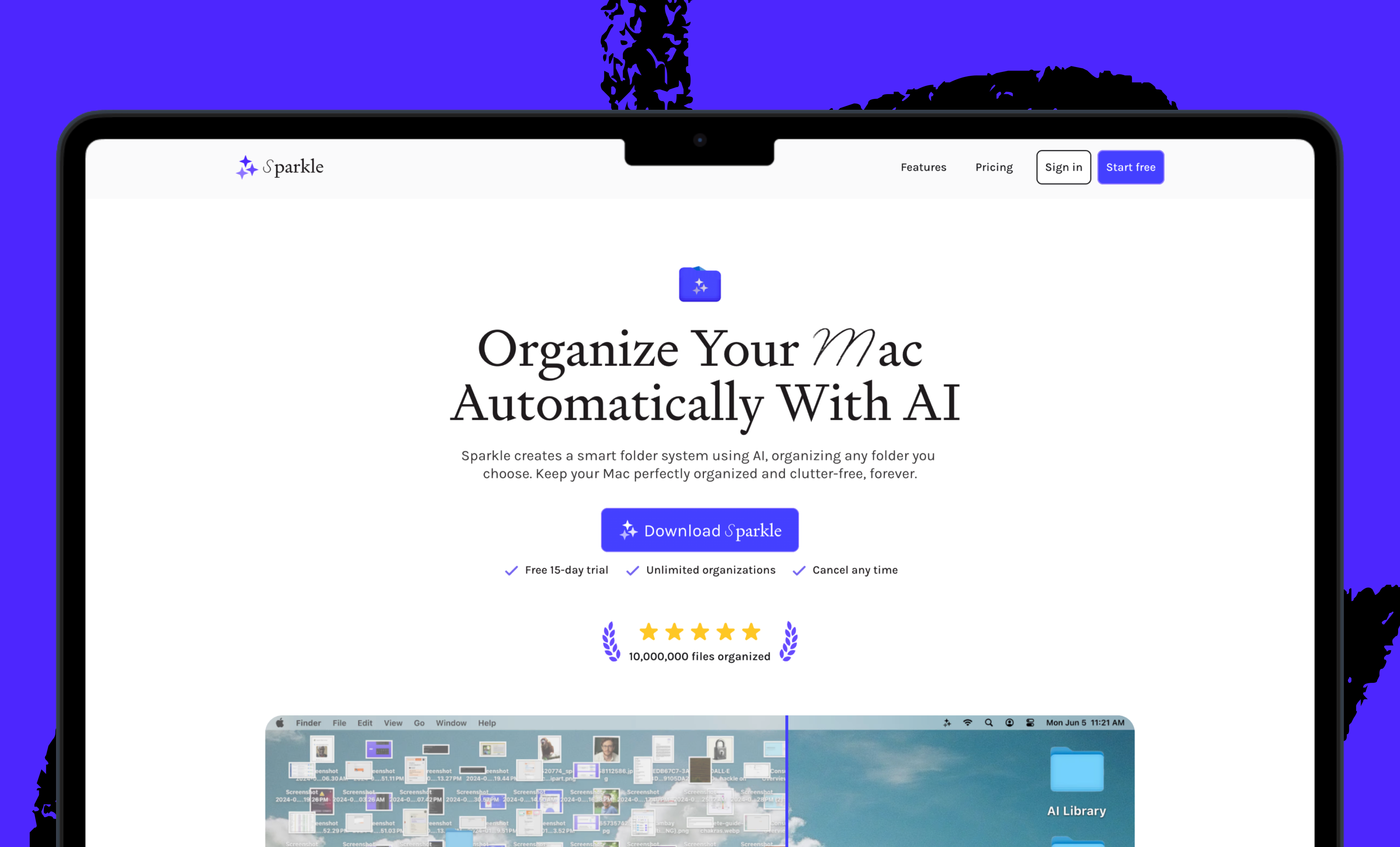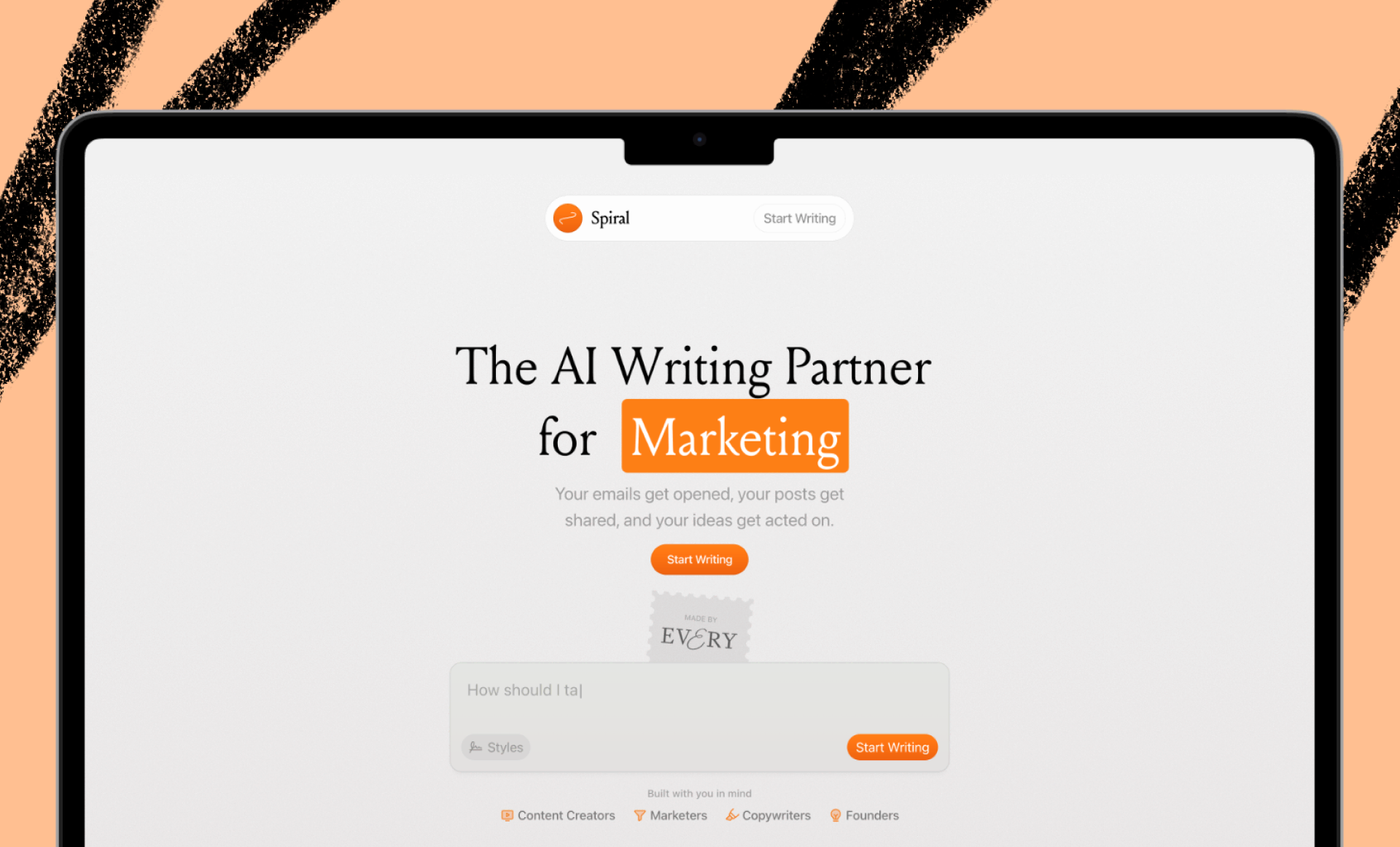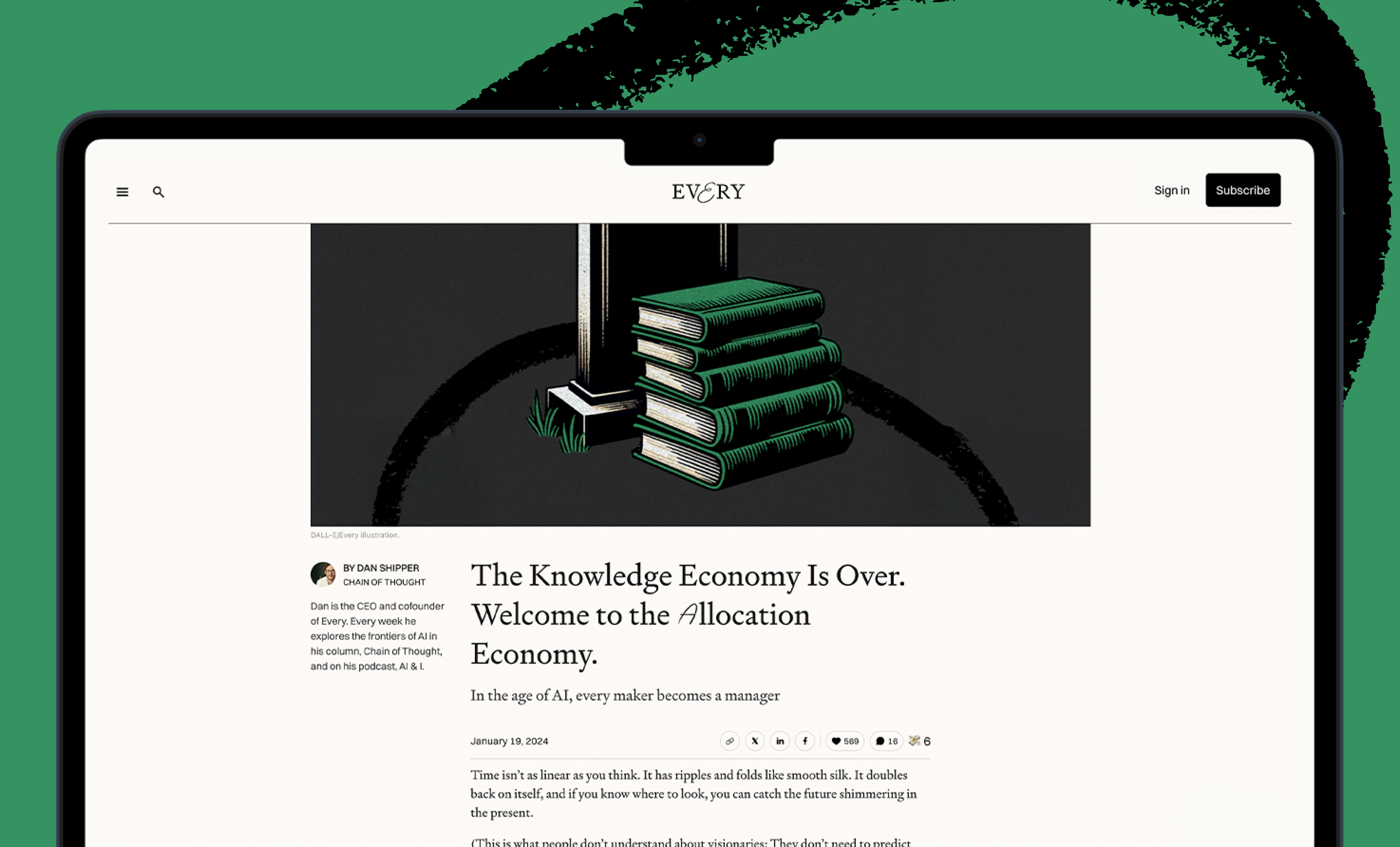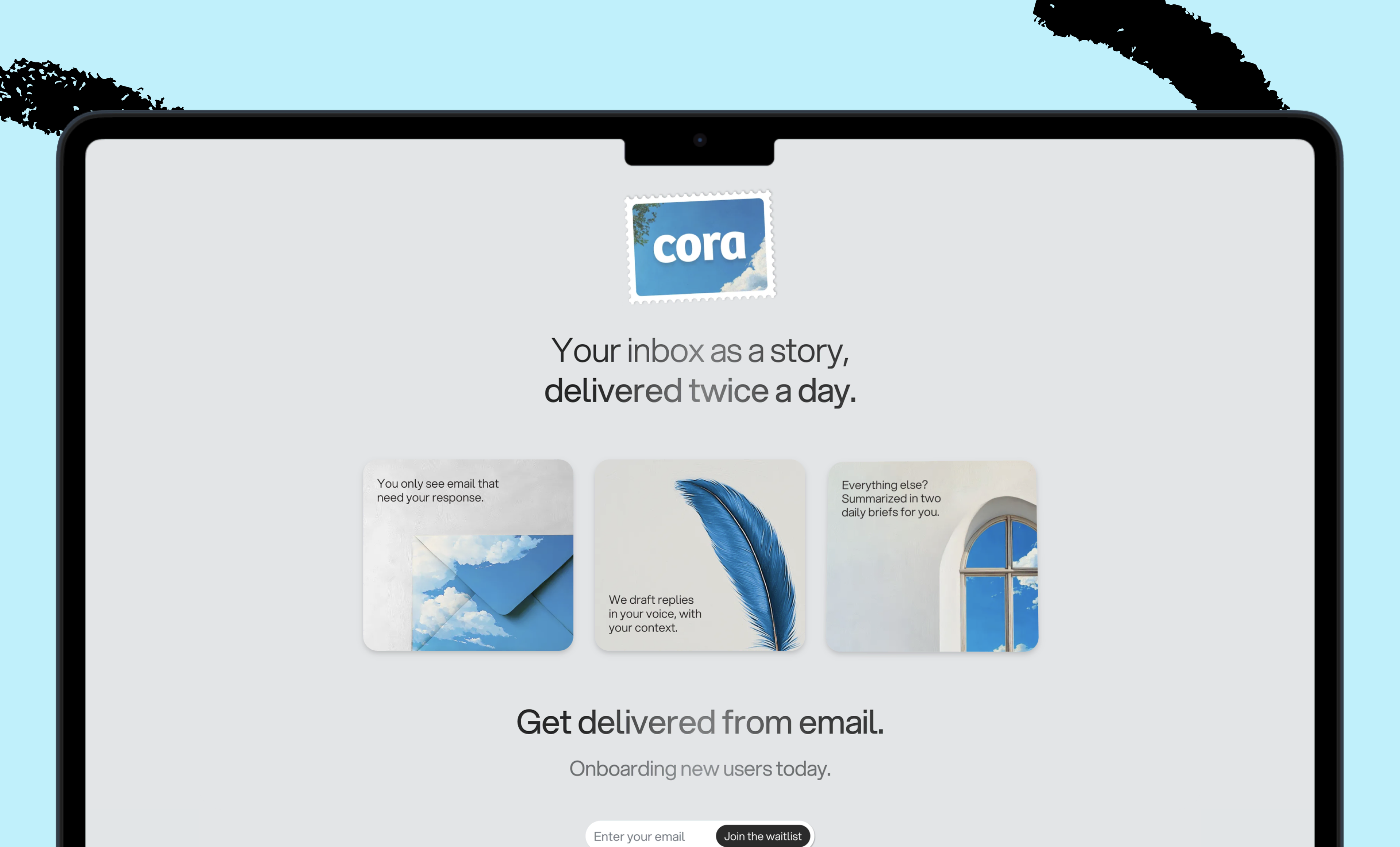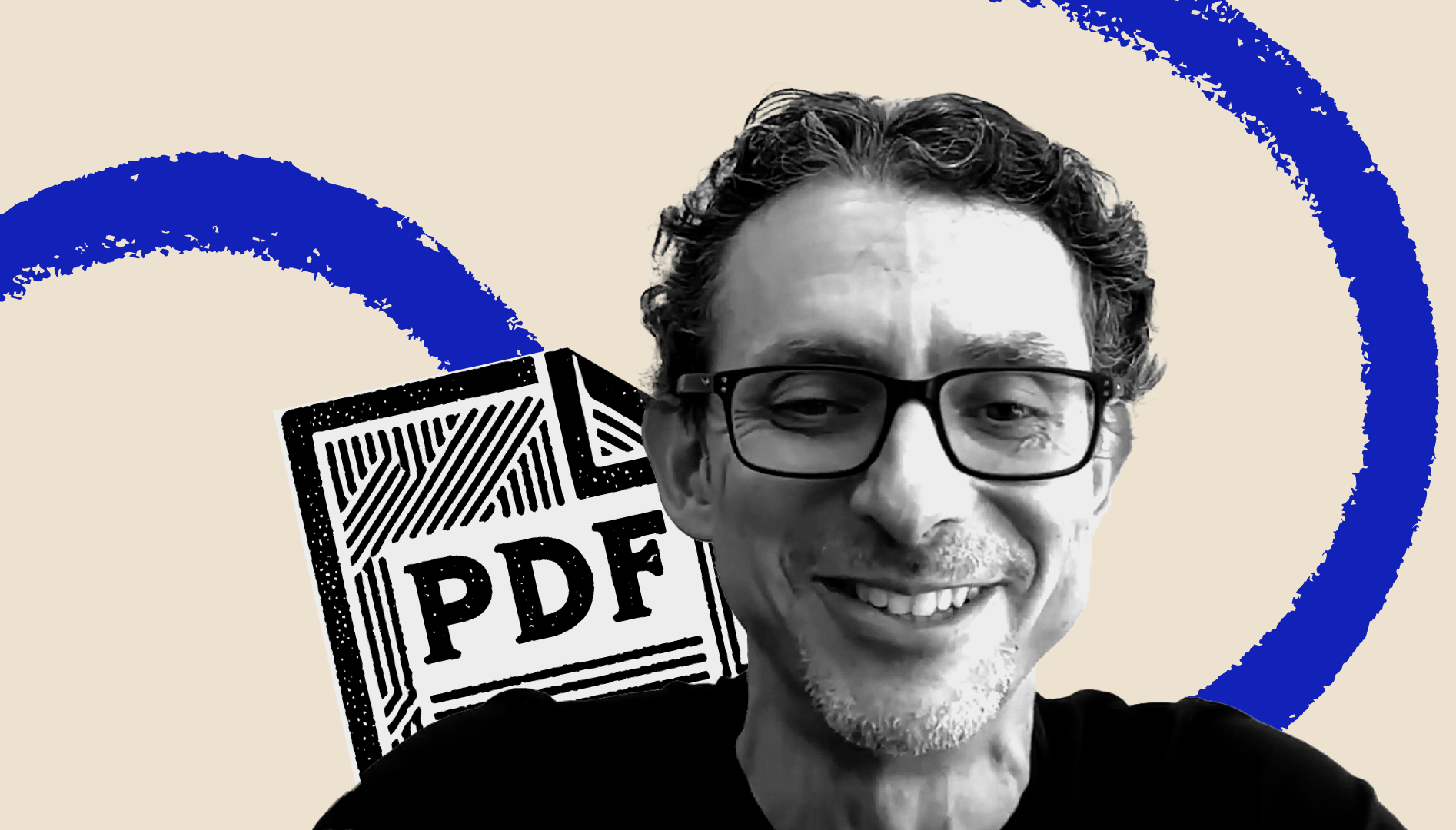
TL;DR: Today we’re releasing a new episode of our podcast AI & I. I go in depth with Vicente Silveira, the cofounder and CEO of AI PDF, a leading AI tool for document processing. We get into how small startups building niche solutions can win in the age of AI, when a startup should raise capital, and the changing role of human AI managers as agents become increasingly capable. Watch on X or YouTube, or listen on Spotify or Apple Podcasts.
Everyone told Vicente Silveira that his startup—a GPT wrapper—would fail. Instead, one year later, it’s thriving—with about 500,000 registered users, nearly 3,000 paying subscribers, and over 2 million conversations in the GPT store.
Vicente is the cofounder and CEO of AI PDF, a tool to help you summarize, chat with, and organize your PDF files. When OpenAI allowed users to upload documents to ChatGPT, the consensus was that his startup, and all the other GPT wrappers out there, were toast. Even when some of his competitors closed up shop, Vicente believed they could still create value for users as a specialized tool. The AI PDF team kept building.
Today, AI PDF is one of the most popular AI-powered PDF readers in the world—and they did it with a five-person team and a friends-and-family funding round.
I sat down with Vicente to understand, in granular detail, the success of AI PDF.
Vicente explains how staying small and specialized is a key strategic advantage for his business. We get into why lean startups are better positioned than companies like OpenAI and Anthropic to create cutting-edge solutions for users, the role early adopters of technology play in shaping the market for new products, Vicente’s candid take on raising capital as a growing startup, and his thoughts on the emerging role of AI managers who will be responsible for overseeing AI agents. We demo an agent integrated into AI PDF, prompting it to analyze a bunch of recent articles from my column Chain of Thought and write a bulleted list of the core thesis statements—and even pit AI PDF against Perplexity live on the show. Here is a link to the episode transcript.
This is a must-watch for small teams building profitable companies at the bleeding edge of AI.
Watch on X or YouTube, or listen on Spotify or Apple Podcasts.
Go deeper with Vicente
Every paid subscribers can read the top takeaways from this episode, such as:
- How you can compete with frontier companies by solving one problem very well
- Why having a smaller number of tech-forward users can be a strategic advantage
- How humans will navigate a world of increasingly capable AI agents
Want to get all of this and more? Subscribe to Every below.
The Only Subscription
You Need to
Stay at the
Edge of AI
The essential toolkit for those shaping the future
"This might be the best value you
can get from an AI subscription."
- Jay S.
Join 100,000+ leaders, builders, and innovators

Email address
Already have an account? Sign in
What is included in a subscription?
Daily insights from AI pioneers + early access to powerful AI tools


